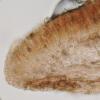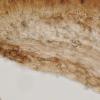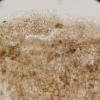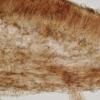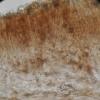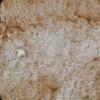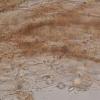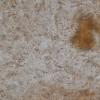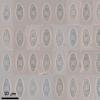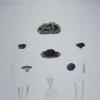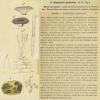
08-12-2025 17:37
 Lothar Krieglsteiner
Lothar Krieglsteiner
20.6.25, on branch of Abies infected and thickened

16-01-2026 00:45
Ethan CrensonHi all, On decorticated hardwood from a New York

10-01-2026 20:00
Tom SchrierHi all,We found picnidia on Protoparmeliopsis mur

13-01-2026 07:28
 Danny Newman
Danny Newman
Chlorociboria glauca on indet. decorticate logThe

15-01-2026 15:55
 Lothar Krieglsteiner
Lothar Krieglsteiner
this one is especially interesting for me because

13-01-2026 08:43
 Danny Newman
Danny Newman
Tricladium varicosporioides on indet. decorticate

07-01-2026 22:22
 Danny Newman
Danny Newman
Tatraea sp. on indet. hardwood The Swag, Great Sm

13-01-2026 09:10
 Danny Newman
Danny Newman
Dasyscyphella chrysotexta on indet. decorticate ha
 Good morning
Good morningFrom Aragüés del Puerto, Huesca, this rare species of 1-2.5 mm growing in an old lake filled, in the alpine floor at 2,230 m, between undetermined mosses, in a very shadow and cold place, collected the day 1/10/2019.
Macro reminds me a Boudiera, Marcelleina, etc., but I think it has none, although I guess it will not be a Discinella or Phaeohelotium, at least I do not fit with any species of these genera.
Ectal excipulum with prismatic-angularis to subglobose texture in the margin. Margin with chains of 3-4 subglobose cells. Medullar excipulum has a double structure: a more internal layer with textura intricata of quite thick hyphae and a more external layer with textura prismatica of very long and thick hyphae. Asci with 8 biseriate spores, IKI -, I believe that without croziers (at least I have not been able to see any clear), of (79.6) 80.5 - 89.5 (95.7) × (7.8) 8, 3-10.8 (11.2) µm; N = 22; Me = 85.8 × 9.1 µm. Cylindrical paraphysis, usually with 1 large BV in the apical cell. Ellipsoidal-subfusiform spores, with 2 LBs at the ends, covered by a gel around its perimeter or only at one end, of (9.3) 9.5 - 10.9 (11.6) × (3.7) 3.9 - 4.5 (4.7) µm; Q = (2.2) 2.3-2.7 (2.9); N = 41; Me = 10.3 × 4.1 µm; Qe = 2.5
Thanks in advance.

the crystals and VBs are important, they suggest an Ombrophila in my opinion, although the medulla is hardly gelatinised. But I cannot remember a species with these characters.
The terrestrical O. limosella and "Discinella" badicolor are similar but spores and amyloid asci are different.
Zotto

Interesting, I will check Ombrophila species.
Thanks a lot.

Latin is not my favorite language, but I think this collection fits more or less with "Discinella" badicolor, with IKI - asci. Spores are a little smaller, but I think it is the nearest species:
https://www.biodiversitylibrary.org/page/43592441#page/204/mode/1up
Thank you Zotto.

To check iodine reaction in the Boudier's typus is another problem.
Thanks Zotto.

Boudier also worked on exsiccata colleagues like L.C. Lutz had sent him.
Cheers,
Marcel

So, Discinella aff. badicolor.
See you.

I never saw a drawing of Boudier that clearly originates from an exsiccatum. Perhaps he avoided making drawings of them?
Zotto
Lamprospora lutziana probably was described from an exsiccate sent to Emile by Lutz as far as one can derive from their correspondance by letter.
You will find more about this in the next issue of the special interest-journal ascomycete.org
Best wishes,
Marcel

Best wishes,
Marcel


